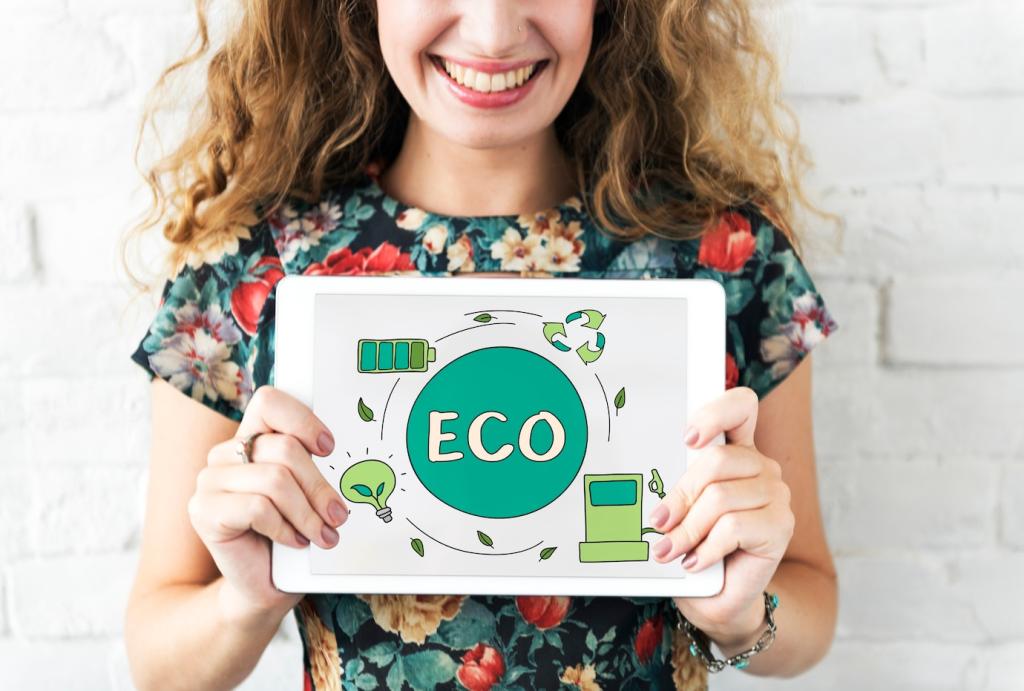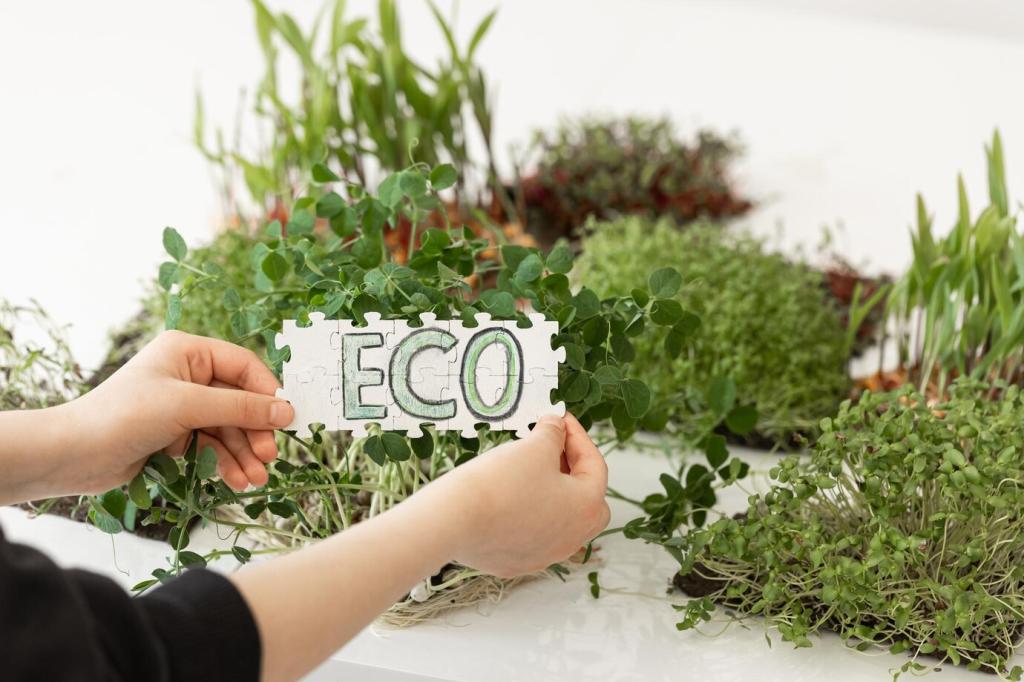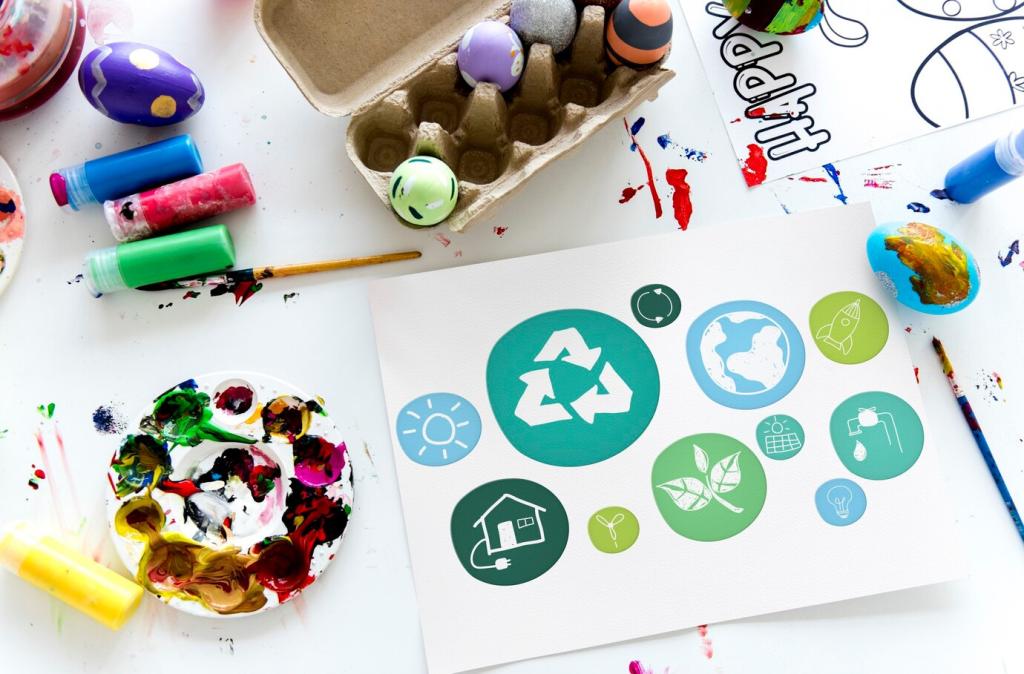Trust Signals and Conversion Design
Place recognizable eco labels near the add‑to‑cart button with short, plain‑language tooltips. Avoid walls of badges; curate and explain. Add a link to your verification page for deeper readers. Ask visitors which certifications they recognize, and teach the rest with friendly microcopy.
Trust Signals and Conversion Design
Use a simple lifecycle bar: source, make, ship, use, return. Offer care tips and end‑of‑life options right on the product page. Small icons and short sentences beat long paragraphs. Invite customers to suggest improvements to your lifecycle info and reward helpful ideas.






